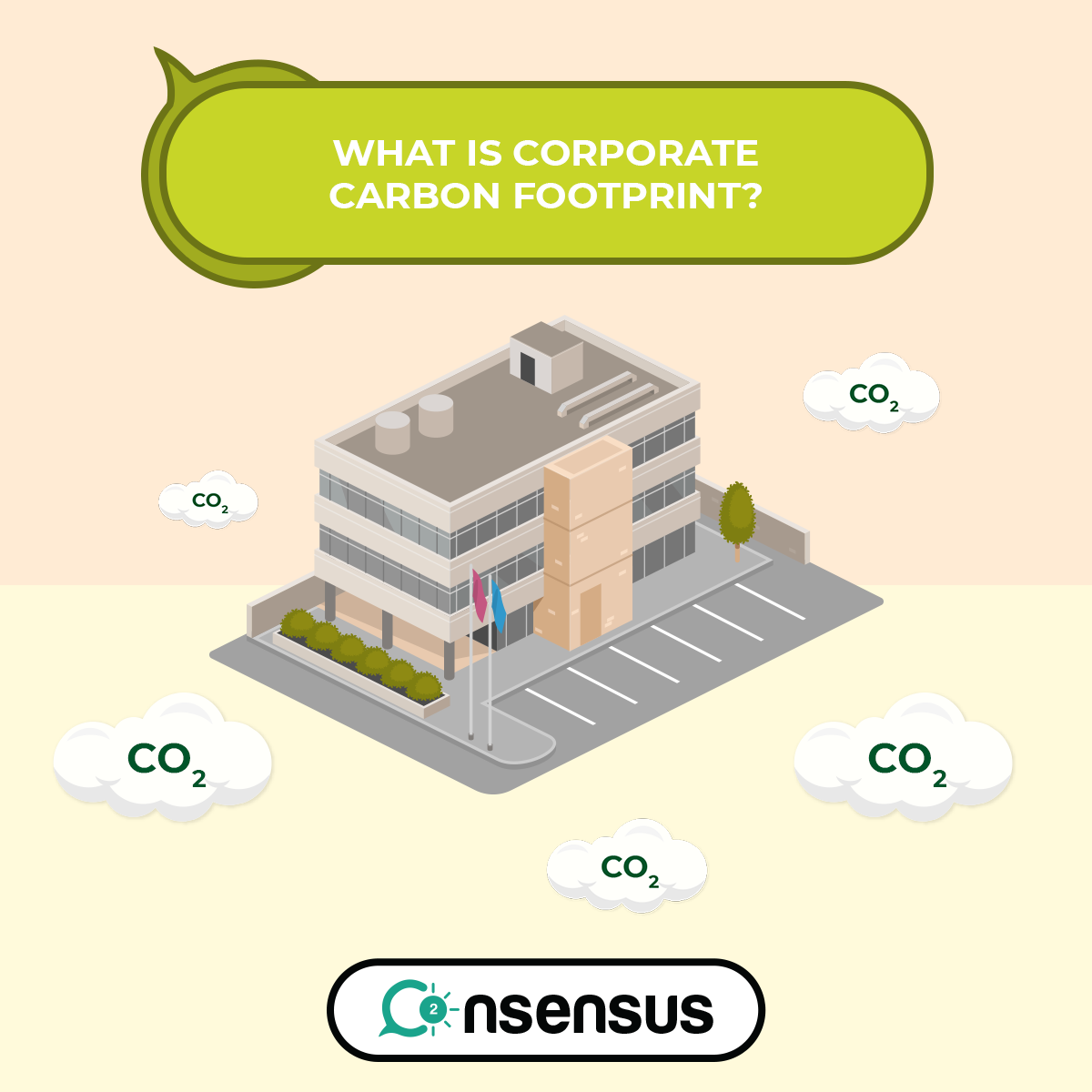In recent years, carbon footprints have become a major issue for companies, especially for the ones that generate large amounts of waste gases and those which have large energy requirements (such as data centers). With half the energy requirement now being consumed to meet software requirements, handling corporate carbon footprint became an essential task.
Even though there is an increased interest in techniques to reduce a company’s carbon footprint, there are a number of theories circulating about the carbon liabilities for a corporation or a business. Not all of them, however, are true or relevant to the context of corporations.
Here, let’s walk through the basics of corporate carbon footprints – including how they’re defined, which standards apply for their case also the implications of a corporate carbon footprint.
Corporate Carbon Footprints – A Definition
To describe it clearly, a Corporate Carbon Footprint presents clear and transparent information about the current state of carbon emissions being produced by all of the company’s activities. These activities may or may not be influencing the carbon impact directly – but are all important nevertheless.
This information is then presented to corporate management as well as to stakeholders, which can take the call on which policies and standards for carbon reduction and emissions offsetting must be followed. Other investment decisions related to reducing carbon emissions are also influenced by the carbon footprint.
Carbon Footprints for Individuals and Corporates
Corporate carbon footprints and carbon footprints for individuals often have a number of similarities in the way they are calculated. They both consider emissions due to the concerned party and can be offset by investing in carbon offset projects.
Then an interesting question rises: are the factors creating the Corporate Carbon Footprint differ from individuals’?
The answer is both yes, and no – depending on the context in which the answer is taken. While the basic premise of the calculation stays the same, a number of variables are included to the corporate calculations which are not taken into account for individual carbon emission calculations. These include carbon emissions from subsidiaries, franchises, and of products all along the value chain.
Another important consideration here is that individuals are not subject to the same carbon norms as corporates are. In many nations, corporates are required by law to present their carbon emissions to the government. Most developed countries also have caps on maximum carbon emissions which can be produced by a company along the value chain.
Factors Considered in a Corporate Carbon Footprint
When we talk about carbon emissions for businesses, an important factor which comes into play is product carbon footprint. It is generally calculated all along the life cycle of a particular product. While not very apparent for software companies, for many manufacturers and retailers it is one of the most important considerations while calculating carbon emissions.
Make Your Product Carbon Neutral
A corporate carbon footprint considers a number of factors all along the value chain of the entire functioning of the corporation, including emissions produced by the use of its products by the customers. Major pollutant gases such as CO2, fluorocarbons, methane, sulfur hexafluoride and nitrous oxide are considered in all the components – including energy consumption.
Energy consumption is another major factor taken into account. Waste generated by the corporation (most prominently e-waste these days) is also an important element. Another contributor to the overall carbon footprint is transportation – whether business travel or due to distribution to the end-users or retailers.
Goods and services purchased by the company which cause emissions are also taken into account while calculating the total carbon liability in metric tonnes of CO2.
Standards Governing Corporate Carbon Emissions
Carbon footprints which are calculated in a out of order, approximate manner can cause a lot of trouble for the company, including sunk costs and improper management of carbon emissions. Therefore, it is important to know exactly which standards operate on corporate carbon emissions, so as to make sure your carbon footprint strategy can be implemented effectively and frugally.
1. The Greenhouse Gas Protocol, aka GHG

By far the most widely used protocol used in carbon emissions accounting, this protocol divides various parts of the value chain into a number of “scopes”. It has a specific “Corporate Standard” used for precise and comprehensive accounting of the company’s emissions and the liabilities in terms of emissions over and beyond the maximum cap.
2. TUV NORD

This standard is followed by a number of countries, the most popular being UK and Germany. It has particular standards focused on the carbon emissions produced by corporates all along the value chain. They also provide certificates for carbon neutrality once the corporation successfully offsets its carbon emissions.
Two other equally popular standards are the recently revised PAS 2050 as well as the ISO 14067:2018. There are a number of other standards which are in place, but these standards are the most commonly used – and that’s why it is advised to plan for reduction in carbon emissions complying with the standards mentioned above.
Bringing it All Together
Carbon emissions due to the corporate world are a pertinent problem for the planet. While there are a number of steps being taken via legislation and support for carbon reduction projects, the responsibility towards striving for carbon neutrality lies exactly with the corporation. A fine or penalty may not be an effective reparation for damage due to long-term carbon emissions.
Therefore, it is absolutely essential for corporates to have their carbon emissions audited and certified by the standards mentioned above. Not only does this save money in the long run, but also reduces energy requirements and positions the corporate better in the eyes of increasingly carbon-averse customers and investors.
